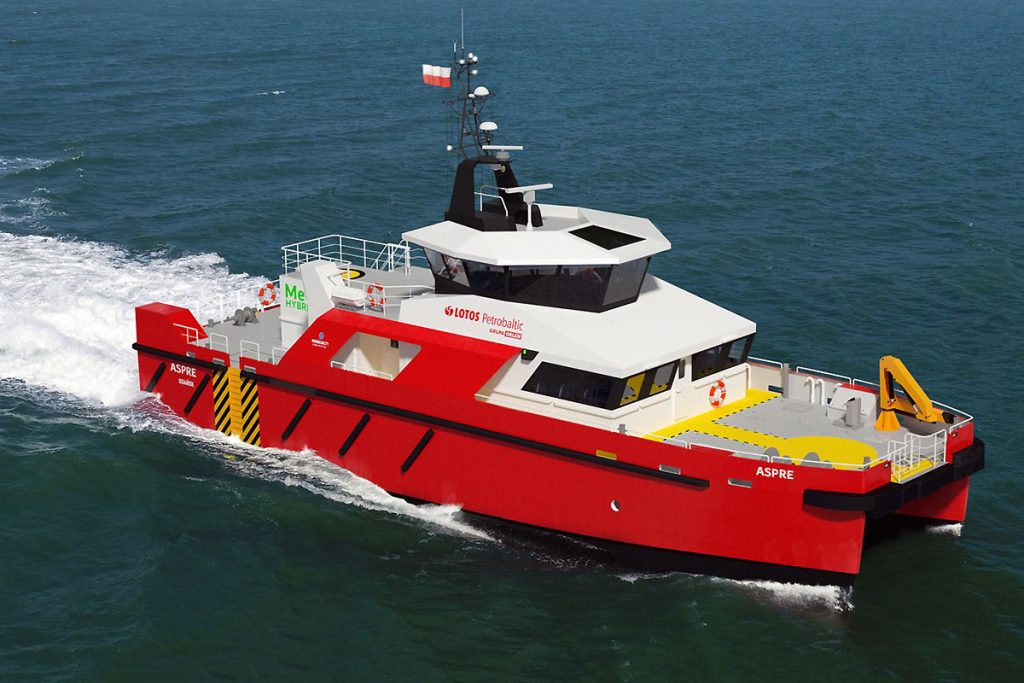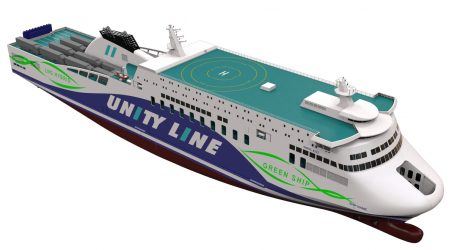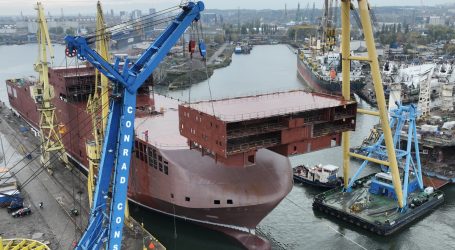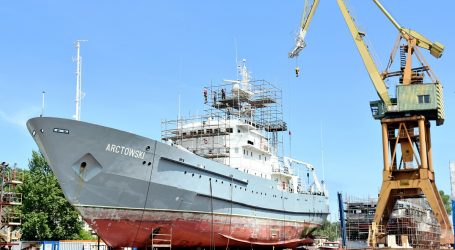Design work progressing on Poland’s first CTV
In October last year, Lotos Petrobaltic SA (ORLEN Group) signed a contract with SeaTech Engineering, a ship design and consulting bureau, for the first Polish design of a CTV vessel, i.e. one designed to transport service personnel to wind farms, which can be seen as an important step towards the creation of a Polish offshore wind fleet.
SeaTech Engineering recently announced the completion of the first stage of work on the CTV vessel project. The preliminary design stage has been closed, the general arrangements have been approved by the client and the technical specification is ready and approved.
The designer also reported that, it has completed computational fluid mechanics (CFD) testing and verification on a model pool at the SA Ship Technology Centre predicting the required power of the vessel (resistance-propulsion tests).
The design office is investigating a dual-fuel (methanol and diesel) propulsion concept in collaboration with the Wavelength Technology Centre.
This means that the design of this vessel will be unique – we have not had a methanol-powered CTV vessel before, says SeaTech Engineering. Ultimately, it will be a hybrid version, supported by a dedicated battery system.
The projected CTV will be an aluminium catamaran of approximately 30 metres in length, designed to carry up to 24 technicians (with five crew members), along with the necessary equipment, between the service port and the offshore wind farm. In addition, the vessel is expected to provide support for larger SOV service vessels operating in the farm area, thereby increasing turbine servicing capacity.
The vessel will be designed to operate at a minimum significant wave height of Hs=1.75 and up to a maximum distance of 150 nautical miles from the port of refuge. The maximum speed will be set at 24 knots.
Source: PortalMorski.pl




